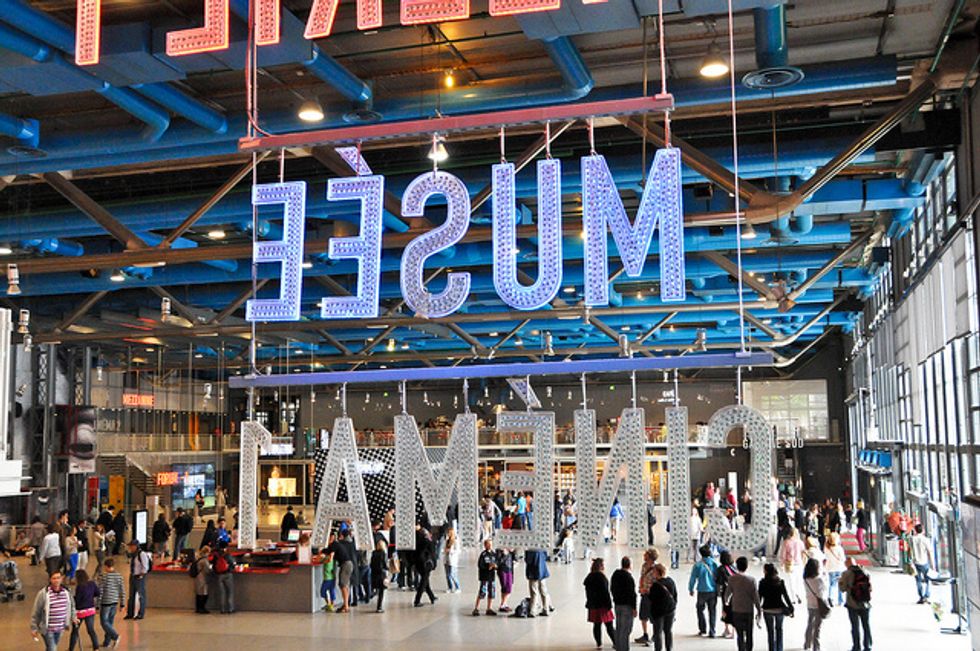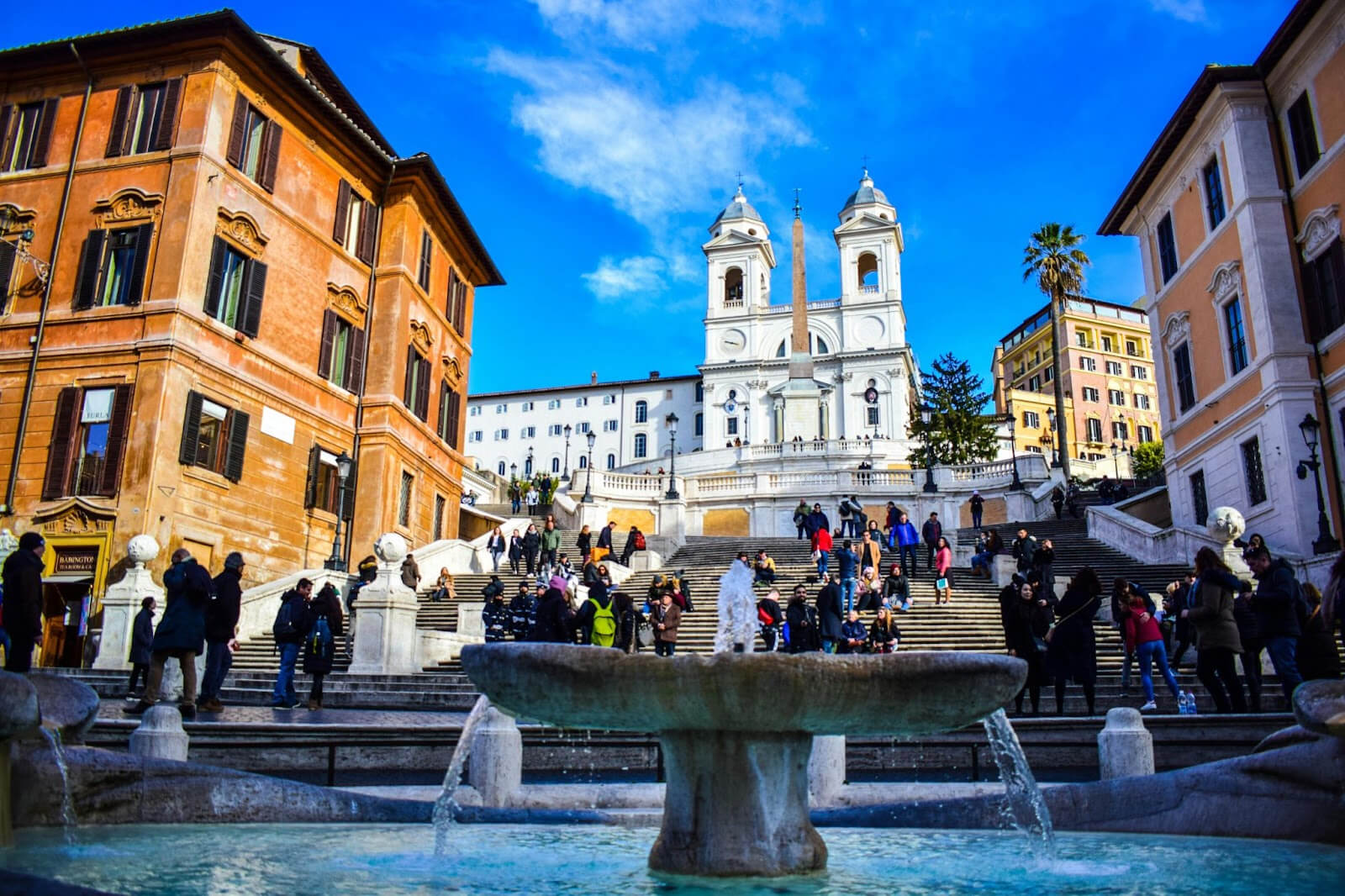
The Story Behind the Centre Pompidou, The Modern Art Mecca


The Centre Pompidou, or Pompidou Centre to some, is home to Paris’ most eclectic collection of work.
It is hosted in a complex building designed by the architects Renzo Piano, Richard Rogers, and Gianfranco Franchini, as commissioned by Georges Pompidou, the president of France from 1969 to 1974. It finally opened it’s doors to the public on 31 January 1977, and since then, it has hosted over 180 million visitors, with more than 5,209,678 visitors in 2013.
The Pompidou is not just home to the Musee National d’Art Moderne, but also home to a public information library (Bibliothèque publique d’information) and IRCAM, a center for music research. With six floors, it’s a wonder to get lost in for a day. The Musee National hosts the second largest collection of modern art in the world (after the Museum of Modern Art in New York), with over 100,000 works of art. These works include painting, sculpture, photography, print, cinema, and design. The works on display often vary depending on the time of year, but you can be sure you’ll run into a few Picassos and Braques you’ve never laid eyes on before.
Many styles of modern art are represented, including but not limited to, Fauvism, Expressionism, Cubism, Dada, Abstract art, and Surrealism. Some of the artists hosted at the Pompidou include: Matisse, André Derain, Maurice de Vlaminck, Raoul Dufy, Albert Marquet, Le Douanier Rousseau, Paul Signac, Georges Braque, Pablo Picasso, Jean Metzinger, Albert Gleizes, Fernand Léger, Juan Gris, Ernst Ludwig Kirchner, August Macke, Alexej von Jawlensky, Emil Nolde, Oskar Kokoschka, Otto Dix, George Grosz, Kurt Schwitters, and Marcel Duchamp. Works from the most inspiring of artists from over 90 countries have been displayed on these walls. The sculpture Horizontal by Alexander Calder has stayed in front of the Pompidou’s doors since 2012.
The main topic of conversation when it comes to the Pompidou is it’s exterior. Its unusual architecture has been called “love at second sight” by the National Geographic. The New York Times noted: “Mr. Rogers earned a reputation as a high-tech iconoclast with the completion of the 1977 Pompidou Centre, with its exposed skeleton of brightly colored tubes for mechanical systems. It revolutionized museums, transforming what had once been elite monuments into popular places of social and cultural exchange, woven into the heart of the city.
The Place Georges Pompidou in front of the center is a well-known hub in Paris for street performers. Sometimes at night, bands and sketch artists come to join in festivities as well. It’s a place where people go to laugh, dance and enjoy what Paris has to offer, come nightfall. It’s a place where many, including myself, feel the most at home. As Georges Pompidou once said, “Your city is remarkable not only for its beauty. It is also, of all the cities, the one whose name, the world over, conjures up the most visions and, more than any other, incites one to dream.”
- 19th century
- abstract expressionism
- art movements
- art museum
- art museums
- centre pompidou
- claude monet
- contemporary art
- de la
- de stijl
- henri matisse
- jackson pollock
- modern and contemporary art
- modern art
- musee de
- musee dorsay
- museums in paris
- pablo picasso
- paris
- paul cezanne
- post impressionism
- post impressionists
- temporary exhibitions
- the story of the centre pompidou
- willem de kooning



